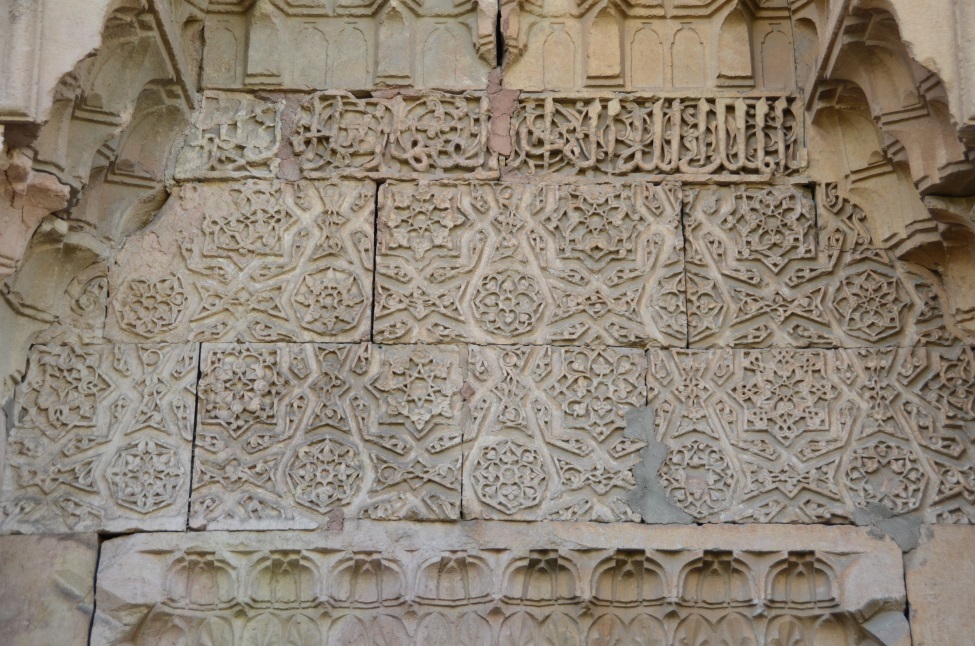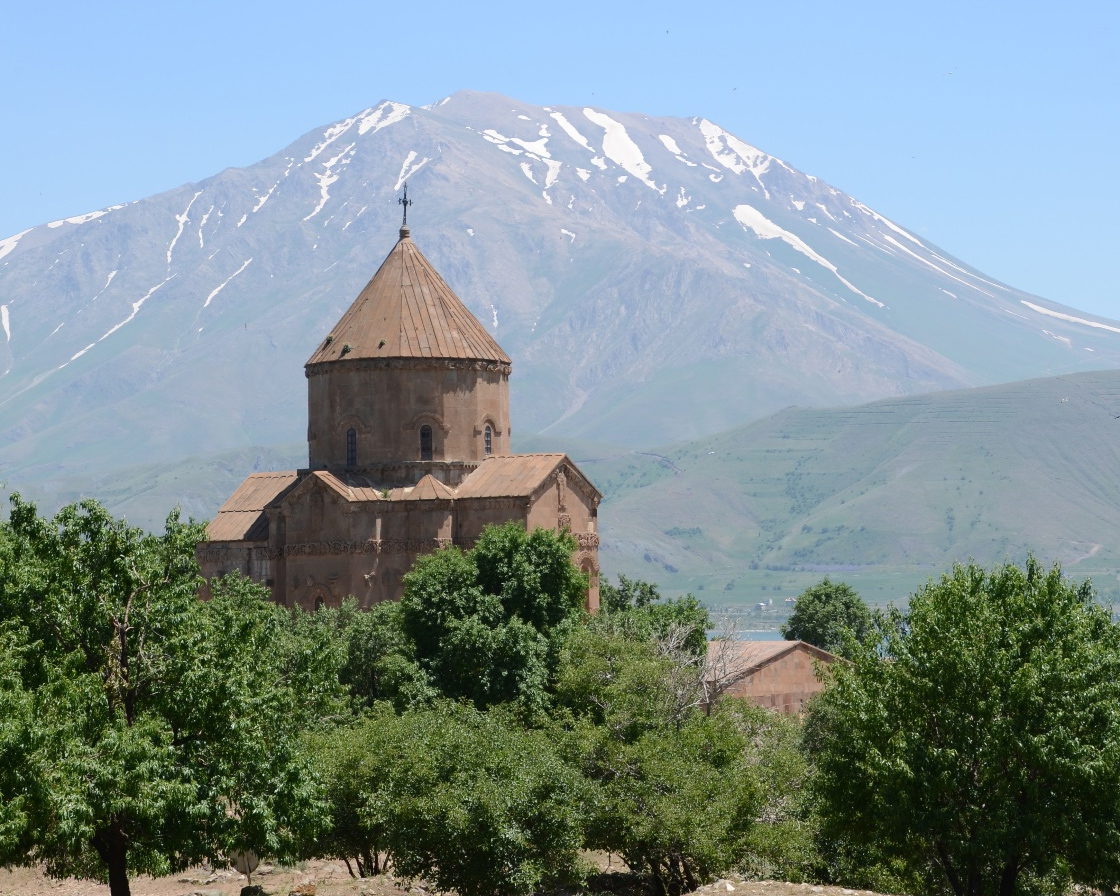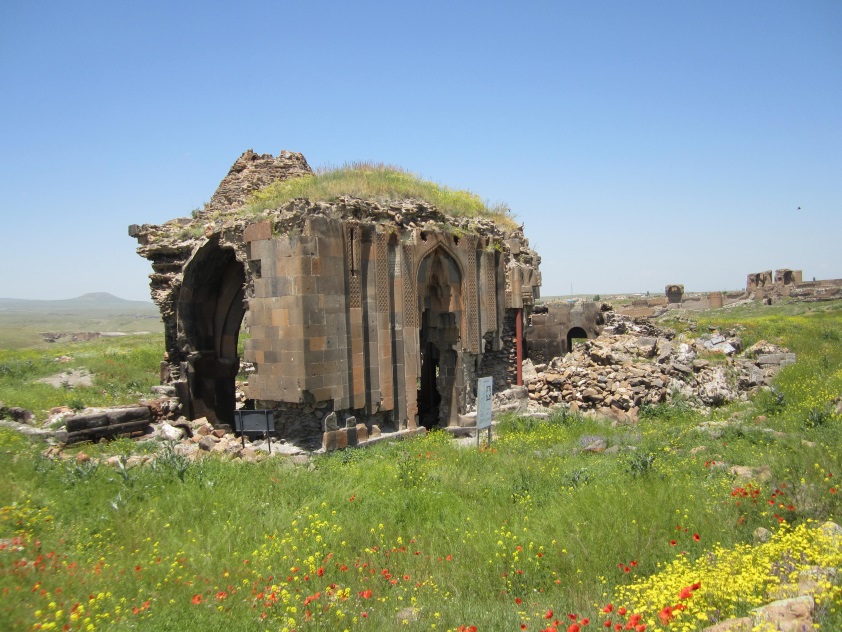


About the Project
Crossing Frontiers is a travelling research seminar programme for Early Career Researchers interested in the medieval art and culture of the eastern frontier between Christianity and Islam, covering Anatolia, the Caucasus and the western Iranian world. The project, which investigates questions of cross-cultural exchange and international artistic production, is supported by the Getty Foundation as part of its Connecting Art Histories initiative. It aims to give emerging scholars the opportunity to visit and discuss a range of important monuments alongside a group of more senior advisors and mentors. Seminars have already taken place in eastern Turkey (2016), Armenia (2016), and Georgia (2017) and the final seminar will take place in Jerusalem in December 2018.
More information on the research trips.
In the twelfth to fourteenth centuries four worlds met in the region of eastern Anatolia and the Caucasus: the Christian cultures of Anatolia and the Caucasus, the Turkic cultures of Anatolia, the Arabic culture of Syria that reached into northern Mesopotamia, and the Persian culture of Iranian Azerbaijan. The invasions of the Khwarazmians and then the Mongols in the 1230s and 1240s added yet more distinct ethnic, religious and cultural groups. All these societies were culturally vibrant and produced high quality works of art in the region, principally architecture, but also precious arts (ceramics, metalwork, manuscripts, etc.). These works of art are now divided by modern frontiers (Georgia, Armenia, Turkey, Azerbaijan, Iran), but the medieval cultures were not themselves discrete, isolated entities, rather they were overlapping and interdependent. This project aims to reunite the study of these monuments, to examine cross-cultural interaction across the region. More information on the aims of the project can be found here.
Watch the video below to find out more about the project and to meet some of our research partners.
More information on our project members.
This project is organised by Dr Antony Eastmond, AG Leventis Reader in the History of Byzantine Art at The Courtauld Institute of Art; and is administered by Dr Niamh Bhalla.
About this website
This website hosts images, interactive plans, 360 degree views, textual descriptions and bibliographies for the sites visited by the team in Turkey, Armenia and Georgia.
The diverse range of building types, including monasteries, mosques and madrasas, churches and caravanserais, bridges and bathhouses, mausolea and palaces are usually studied separately, categorised and divided according religion or culture, constrained by modern political and religious frontiers. However, the sharp lines that articulate and apportion contemporary maps – in order to designate modern nation states – impose artificial divisions that did not exist in the medieval world when borders were nebulous and different ethnic, cultural and religious groups were more closely intertwined than they are today.
On this website no immediate categorisation or distinction is imposed upon mosque or monastery, madrasa or mausoleum, so that they may be studied in relation to one another. These pages are intended to evoke the pluralistic world of this region in the Middle Ages, opening up the similarities and differences of these buildings for closer study. Our hope is that these pages will inspire further research into the networks of patrons and builders who traversed Anatolia and the Caucasus, and the common motifs and techniques that they carried with them.
Monuments can be browsed by region by means of the tabs at the top of the page.

